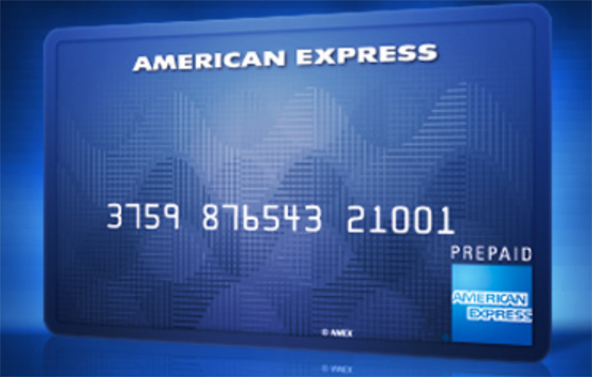How to Manage Transaction Retrieval Requests

When a card issuer needs to obtain information about a transaction charged to one of its cardholders, it can contact directly the merchant that deposited the payment or, which is typically the case, the bank that processed it. These information requests are known as “retrieval requests” (or “copy requests”). If the processor stores its merchant’s transaction receipts, it will respond to the retrieval request on its own. Otherwise, it will forward it on to the merchant.
You are not required to respond to verbal copy requests from the issuer, but it is best to do so, as it can speed up the dispute resolution. Whether you communicate with the issuer directly or through your processor, there are certain requirements and best practices that you need to follow and which I will review in this article.
Retrieval Request Basics
When an issuer sends a retrieval request to your processor, the latter has 30 days from the date it receives it to respond with a copy of the transaction receipt. If the request is forwarded on to you, the processor will tell you how many days you have to respond. Keep in mind that, if your response is received by the issuer after the 30-day deadline has expired, you will automatically lose the dispute.
When you receive a request, retrieve the associated sales receipt, make a legible copy of it and send it to your processor within the specified time frame. The copy will then be forwarded to the issuer, which will send it to its cardholder. At this point the issue is typically resolved.
If you store your sales receipts (and it is probably best that you do so), rather than rely on your processor to do it for you, keep copies of them for 13 months from the transaction date to ensure you can fulfill retrieval requests.
6 Best Practices for Responding to Retrieval Requests
When you receive a retrieval request, you should always:
- Respond to it with a copy of the transaction receipt, except for chip card, EMV PIN (except for T&E document requests, cash and quasi-cash transactions), and VEPS transactions, for which you are not required to provide copy.
- Respond to it within the stated time frame.
- Make sure that the receipt copy you send back is legible.
- Obtain proof of delivery:
- If you mail the copy to your processor, send it by registered or certified mail.
- If you send the copy electronically (by fax or email), keep a written record of the transmittal.
- If you do decide to respond to a verbal request from an issuer and provide a copy of the sales receipt, make sure you also keep one for your own records.
- Provide any other transaction details that may help your customer in recognizing the charge.
Following these best practices will help you prevent chargebacks.
The Takeaway
Along with responding within the 30-day time-frame, the most important aspect of managing retrieval requests is that you provide the issuer with a legible copy of the sales receipt. Typically, this is a bigger issue for card-present transaction receipts, which are physical pieces of paper that need to be transformed into some type of an image to be sent to the issuer. This conversion process, if mishandled, can result in poor-quality copies, which may not be acceptable. Card-not-present merchants, of course, do not have to worry about such issues, because their receipts are created electronically in the first place and copies of the same quality as the original can easily be created.
Be advised that a substitute transaction receipt to a card-present one is considered invalid. Your only option is providing a legible copy of the original one, proving that the card was present and bearing the customer’s signature. A failure to produce a copy clearly displaying these key elements will almost certainly result in a chargeback.
Image credit: Kredytobranie.net.pl.


